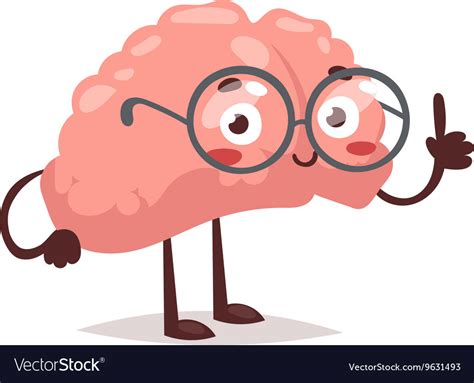Beyond the gym: What’s the best recovery strategy for peak male performance & growth?

The Untapped Potential of Post-Workout Recovery
While dedication in the gym is undoubtedly the cornerstone of male performance and muscle growth, lifting heavy and pushing limits represents only half of the equation. The real magic, where muscles repair, grow stronger, and hormones optimize, happens during recovery. For men striving for peak physical condition, understanding and implementing a comprehensive recovery strategy is not just beneficial—it’s absolutely critical. Ignoring recovery is like building a house without a strong foundation; eventually, it will crumble.
This article delves into the multi-faceted world of recovery, moving beyond the simplistic idea of just resting. We’ll explore the key pillars that support superior physical adaptation, hormonal balance, and sustainable progress for men.

Pillar 1: Master Your Sleep for Hormonal Harmony
Sleep is arguably the single most powerful recovery tool at your disposal, especially for men. During deep sleep stages, your body releases crucial hormones like growth hormone (HGH) and testosterone, both vital for muscle repair, growth, and fat loss. Poor sleep, conversely, can elevate cortisol levels (a stress hormone) and suppress testosterone, directly hindering performance and progress.
- Aim for 7-9 Hours: Prioritize consistent, uninterrupted sleep every night.
- Establish a Routine: Go to bed and wake up at similar times, even on weekends.
- Optimize Your Environment: Ensure your bedroom is dark, cool, and quiet.
- Limit Screen Time: Avoid blue light from devices an hour before bed.
Pillar 2: Fueling Recovery with Precision Nutrition
What you eat post-workout and throughout the day dictates your body’s ability to repair damaged muscle fibers and replenish energy stores. A recovery-focused diet for men is about more than just protein; it’s about strategic macronutrient timing and micronutrient density.
- Adequate Protein Intake: Aim for 1.6-2.2 grams of protein per kilogram of body weight daily, spread across meals, to support muscle protein synthesis.
- Strategic Carbohydrates: Replenish glycogen stores, especially after intense workouts, with complex carbohydrates.
- Healthy Fats: Include sources like avocados, nuts, seeds, and fatty fish to support hormone production and reduce inflammation.
- Hydration: Water is essential for every bodily function, including nutrient transport and waste removal. Stay hydrated throughout the day.
- Micronutrients: Don’t overlook vitamins and minerals found in fruits, vegetables, and whole grains, which play critical roles in recovery processes.

Pillar 3: Active Recovery & Mobility Work
While rest days are important, ‘active recovery’ can significantly enhance the healing process. Light activities increase blood flow, which helps deliver nutrients to tired muscles and removes metabolic waste products, reducing soreness and improving flexibility.
- Light Cardio: Walking, cycling, or swimming at a low intensity for 20-30 minutes.
- Stretching and Foam Rolling: Improve range of motion, reduce muscle tightness, and alleviate knots.
- Yoga or Pilates: Enhance flexibility, core strength, and body awareness.
Pillar 4: Stress Management for Optimal Hormonal Balance
Chronic stress, whether physical or mental, can elevate cortisol, disrupting the delicate hormonal balance crucial for male performance and growth. Managing stress is a critical, yet often overlooked, recovery component.
- Mindfulness & Meditation: Practice daily to calm the nervous system.
- Hobbies & Downtime: Engage in activities that help you unwind and detach from stressors.
- Breathing Exercises: Simple deep breathing can significantly lower stress responses.

Pillar 5: Smart Supplementation (When Necessary)
While no supplement replaces proper nutrition and sleep, some can strategically support recovery and performance. Always consult with a healthcare professional before starting any new supplement regimen.
- Creatine: Enhances strength and power, aids in muscle recovery.
- Whey Protein: Convenient source of amino acids for muscle repair.
- Omega-3 Fatty Acids: Reduce inflammation and support joint health.
- Magnesium & Zinc (ZMA): May improve sleep quality and testosterone levels in deficient individuals.
- BCAAs/EAAs: Can help reduce muscle breakdown during intense training.

Listen to Your Body: The Ultimate Recovery Gauge
Ultimately, the best recovery strategy is highly individualized. Pay attention to your body’s signals: persistent fatigue, decreased performance, irritability, or prolonged muscle soreness are all signs that your recovery protocols might need adjustment. Incorporate deload weeks, vary your training intensity, and ensure your recovery tools are consistently applied.
By treating recovery with the same seriousness as your training, men can unlock unparalleled performance, accelerate muscle growth, and maintain robust health for the long term. Beyond the gym, intelligent recovery is where true champions are forged.








